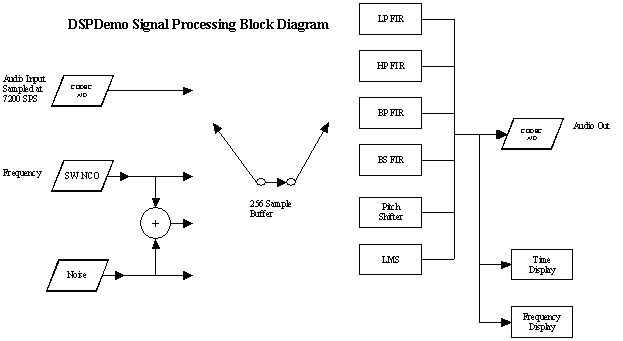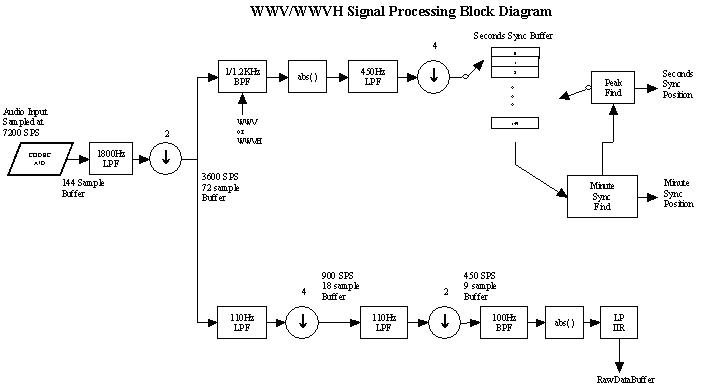
dsPIC Projects
This project was an attempt to evaluate the performance of some of the basic DSP functions of the dsPIC. Several signal sources were created and then fed into an assortment of DSP filters and functions. Output can be analyzed using graphical displays of time or frequency domain data or sent to a D/A for external analysis.
It was desired to evaluate the MPLAB C30 compiler and the DSP library and discover how well it performed so all but a couple of small DSP routines were written in 'C'.
The hardware chosen for this project was the dsPICDEM 1.1 evaluation board from Microchip. It provides a standalone platform for the demo with no hardware modifications or additions.

Since the first cave dwellers noticed the shadow of a rock moving as the day progressed, we have been developing new ways to measure and display the passing of time. http://physics.nist.gov/GenInt/Time/time.html
We now measure the oscillations of cesium atoms to keep track of our passage through the 4th dimension.
The introduction of the dsPIC seemed as good a reason as any to develop yet another clock.To make it more interesting it was decided to have the primary method to set the clock by tuning onto one of the NIST WWV or WWVH shortwave broadcasts and routing the signal to the clock to decode the time information and set itself to the correct time.
As a secondary task, the dsPIC was challenged to create various "clock" sounds such as bells, cuckoos, and gongs.
This project has its roots in an old project inspired by Dr. David Mills http://www.eecis.udel.edu/~mills/ who developed a clock using DSP techniques to extract the time information from the WWV signals.
